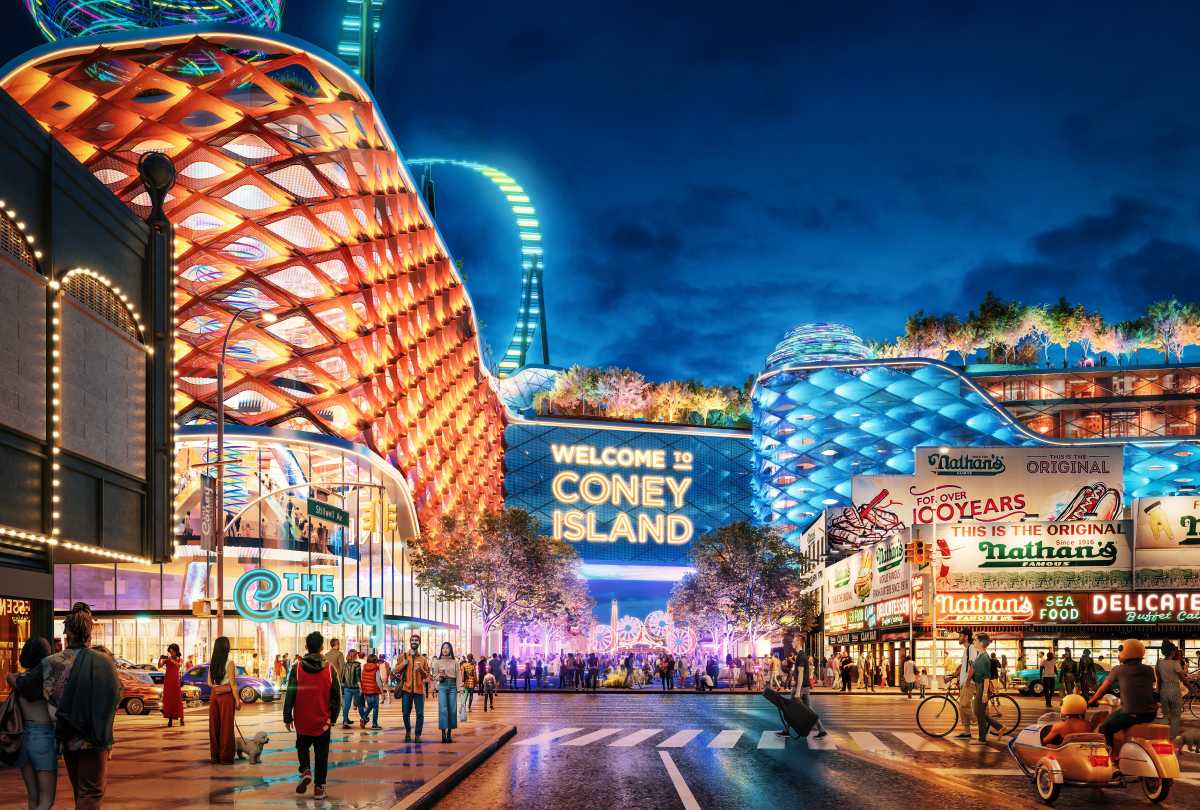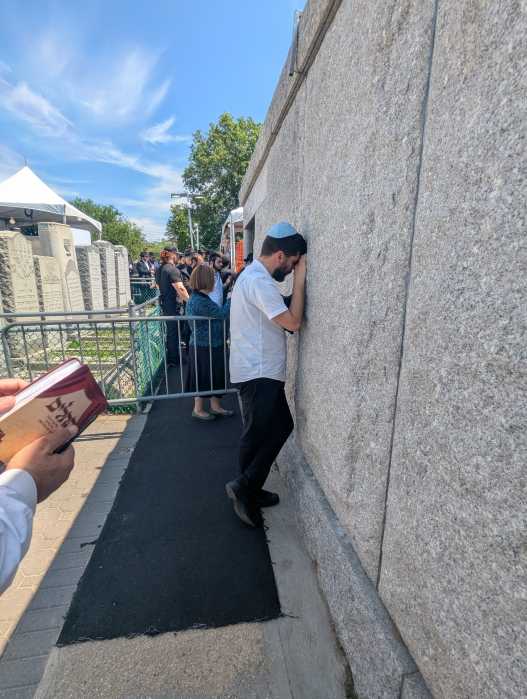By Julie Shapiro
The city’s overhaul of the streetscape around the New York Stock Exchange is nearing completion.
By the end of the summer, the unsightly security barriers installed after 9/11 will be gone from Wall and Broad Sts., replaced with bronze bollards, fresh cobblestones and new street furniture.
“We’re making a secure area, without the public really understanding that it’s a secure area,” said Owen Foote, project manager with the city Economic Development Corporation. “So when you walk in, you don’t feel you’re in a security zone. That’s incredibly important.”
The city is replacing the delta barriers that popped up after 9/11 with pairs of turntables at the intersections of Wall and William Sts. and Broad and Beaver Sts. The turntables, which consist of a row of short bronze pillars that turn to either block traffic or admit it, will be in place in April, Foote said.
The city will then rebuild the streets, adding in historic references, which it hopes will be complete by September. On Wall St., that means a row of square wooden blocks flush with the cobblestones, marking the wall the Dutch erected as the northern boundary of New Amsterdam. The city will also mark the canal that once flowed down Broad St., using shades of gray stones to show the stream’s path. The edges of the virtual canal will be engraved with a timeline, featuring events key to the neighborhood’s history and development.
The project also includes new sidewalks and cobblestones and a new extended pedestrian area on lower Broad St., furnished with movable tables and chairs. The project’s cost falls under the $25 million the Lower Manhattan Development Corp. allocated to security improvements for the neighborhood after 9/11.
Broad St., which used to be a canal, will have reminders of its water roots under the street plan expected to be done in September.
“It seems like it’s taken forever,” said Roger Byrom, chairperson of Community Board 1’s Landmarks Committee, as he listened to the city present final details of the plan last Thursday. The committee passed a resolution supporting the plan.
After the meeting, Byrom praised the historic references the city is weaving into the security-based design, though he wishes it were not necessary to block off the neighborhood’s main streets.
“Finally the plan is coming together,” Byrom added. “We just wish it could be completed sooner. We’re going to miss another whole season when people might sit outside and might enjoy it.”
Foote said the project takes time because workers never know what utilities they will find when they begin tearing up decades-old streets.
“We are unearthing pipes that have not seen light in years,” he said.
Sometimes pipes that are too close to the surface have to be moved deeper, which adds time to the project, Foote said.
The city Landmarks Preservation Commission has approved nearly all of the project but will examine one final aspect March 3: The written historic content the city wants to inscribe on the streets and bronze bollards.
Julie@DowntownExpress.com



























